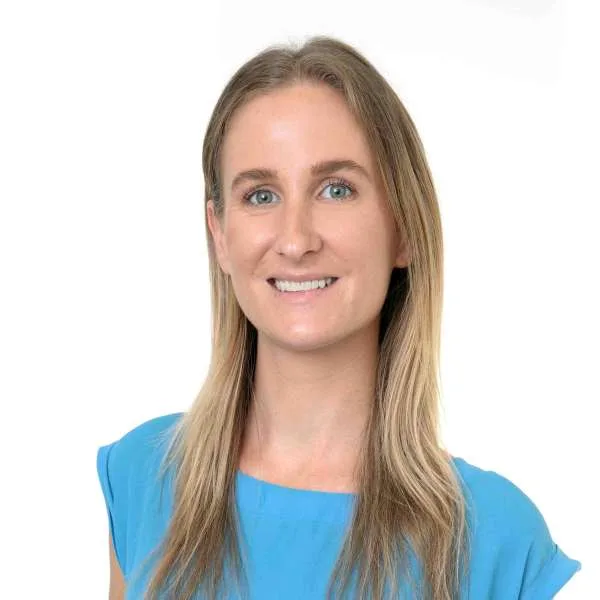Switching banks can be a bit of a hassle, which is probably why only 7% of Australians tell Finder they've switched transaction accounts in the past 6 months.
Its not difficult though, it just requires a little bit of work. And the benefits are well worth it.
How to switch bank accounts in 4 steps
1. Compare your options and choose a new bank
2. Open the new bank account
3. Find all your ongoing direct debits and transfer them
4. Close out your old accounts
Step 1: Compare your options and choose a new bank
When you're looking for a new bank think about the following:
- Products. Compare bank/transaction accounts, and pay attention to things like fees. There shouldn't be a monthly fee. Make sure the account comes with a linked debit card and the option to open a high interest savings account. Think about the future too. You may not want a home or credit card right now, but you may in future.
- Service. Read reviews online to get a sense for how good the bank's customer service is. The bank should also offer a banking app with a full suite of features.
- Payment options. Check that the bank account supports Apple Pay, Google Pay or Samsung Pay and offers instant payments using PayID.
- Joint account. If you're looking for a bank account that you can share with another person, check if the account can be opened as a joint bank account.
- ATM fees. If you regularly withdraw money from an ATM, check what the fees are for using an ATM outside of the bank's network as well as overseas.
- Overseas fees and charges. If you travel a lot or regularly shop online from overseas retailers, check what the international transaction fee is when comparing bank accounts.
Step 2: Open the new bank account
Opening a new bank account is the easiest step. All a bank needs is your ID and an address.
While you can probably go into a bank branch, for most people applying online will be easier.
Just make sure you have a driver's license, passport or other form of ID ready. Then it's just a question of entering some basic details about yourself.
Once you're set up, download the bank's app, make an online account and log into the bank's website.
Transfer money to the new accounts
Now you can move your money over. To be safe, do a small test transaction from your old account first. Just in case you've put a wrong number in there somewhere.
Step 3: Find all your ongoing direct debits and transfer them
This is the annoying part of switching banks.
Transfer your direct debits
No doubt your old bank account is the one you've used to cover bills, subscriptions and other ongoing expenses. You'll have to transfer these over.
The Australian government introduced banking reforms in 2012 that make this easier. When switching bank accounts, your new bank is supposed to show you all your direct debits over the last 13 months and switch them over for you when you fill out a single form.
Ask your bank about this. But if for some reason they can't accommodate this you can do it yourself.
- Go through your bank statements and note down all your ongoing payments (a good time to use a spreadsheet).
- Log in to each account and update your payment details to start the direct debit with the new bank account.
Just remember that if you've set up an ongoing payment with a credit card or debit card it won't be listed as a direct debit. But you can update it in the same way (if you're closing a bank account then any debit cards attached to the account will go too).
Tell your employer you've changed banks
If you're getting a salary paid into the old account then tell your employer. Give them the details of your new account.
Update your information in MyGov too
While you're doing all this it's a good time to log into everyone's favourite government website and update your bank details with the ATO, Medicare and anywhere else.
Step 4: Close your old bank account
Once you've opened your new account, don't forget to close the old one. Although the old account may have no money in it, the bank could still charge you account keeping fees. Close your old account once you have:
- Successfully moved all your debits and credits.
- Collated your list of payments from your old account that include "pay anyone" and BPAY.
- Told every institution about your new card and account numbers.
Closing your old account is a relatively hassle-free process. You should be able to do it online or over the phone.
Why switch bank accounts?
Most Australians still stick with the same bank they've had since childhood. But there are so many benefits to switching:
- Lower fees and better rates. If your current bank is charging you fees for no reason and not giving you a high rate on your savings, don't stick with them.
- Better deals for new customers. Banks are competing for your business. Many banks offer special deals on different products for new customers.
- Better service. If you feel your bank isn't very helpful go somewhere else that treats you better. Some banks have better apps than others too.
Finder survey: How long do Australians keep their savings account for?
| Response | |
|---|---|
| 13+ yrs | 35.4% |
| 1-3 yrs | 23.27% |
| 4-7 yrs | 21.2% |
| 8-12 yrs | 12.04% |
| Less than 1 year | 8.09% |
Ready to switch? Compare bank accounts
More guides on Finder
-
ANZ Plus Account
ANZ Plus offers a linked everyday and savings account with no monthly account fees. Plus, access digital tools and features to help you budget and save for different goals.
-
Up vs ING
Compare the features of Up's transaction account with ING's to see which will be better for you.
-
International student bank accounts
Having a local bank account makes an international student's life easier and even saves them money.
-
ANZ vs CommBank savings and bank accounts
ANZ vs Commonwealth Bank: which bank has the right accounts and services for you? Find out here.
-
How to open an international bank account
International bank accounts combine a lot of different benefits into one package, so read on to see if opening an international account is right for you.
-
Yes, you can open a bank account if you have bad credit
A bad credit history won’t affect your ability to open a transaction or a savings account. Here’s why.
-
Online banks in Australia
Online-only banks do not operate any physical branches resulting in reduced expenses and more affordable banking solutions for their customers.
-
Australian Government Bank Guarantee: Which banks are included?
Find out if your money is covered by the Australian Government Bank Guarantee Scheme, and how it works if you've got multiple bank accounts.
-
Compare SERVICE ONE Alliance Bank Savings Accounts
SERVICE ONE Alliance Bank is a full service mutual banking institution operating throughout regional NSW and the ACT.
-
Who owns Bendigo Bank, BOQ, ING & more
A lot of smaller banks are owned by bigger banks. For example, Bankwest is actually owned by CommBank. You can check who owns your banks in this guide, and learn how this could impact you as a customer.
Ask a question

